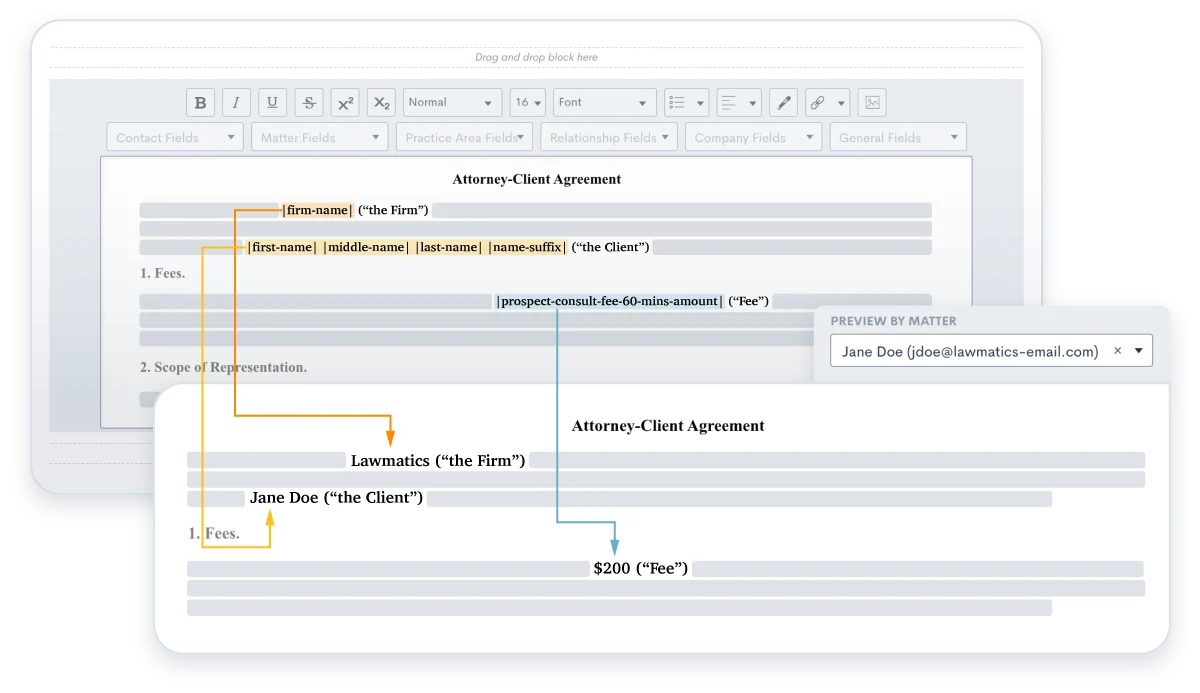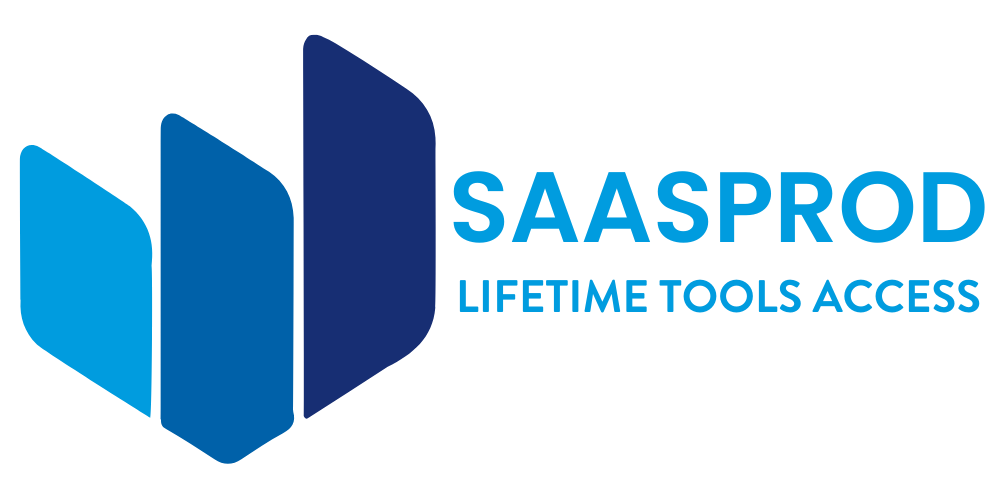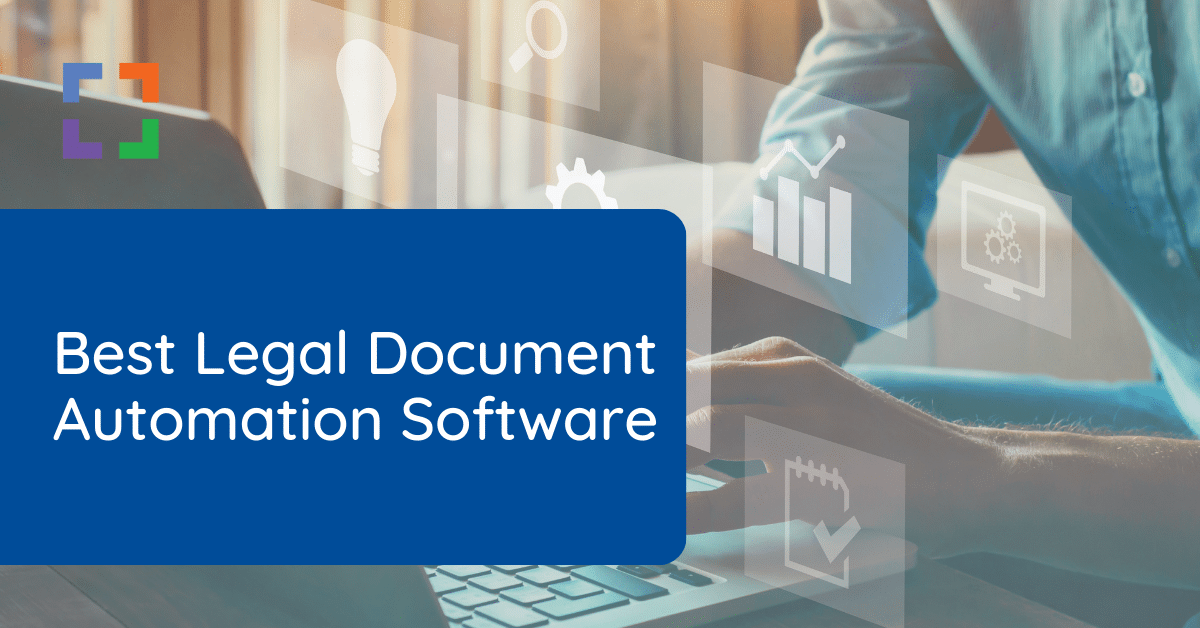Navigating legal paperwork can be overwhelming. Legal document automation software simplifies this task.
In today’s fast-paced world, efficiency is crucial. Legal professionals often find themselves buried in paperwork. This is where legal document automation software shines. It automates repetitive tasks, saving time and reducing errors. With the right software, you can generate contracts, agreements, and more in minutes.
No more manual drafting. This technology ensures consistency and compliance. Whether you are a solo practitioner or part of a large firm, automation tools can streamline your workflow. Let’s explore the best options available to enhance your legal practice.
Key Features
When it comes to choosing the best legal document automation software, understanding the key features can make all the difference. The right software should not only simplify your tasks but also ensure precision and efficiency. Let’s dive into two essential features that can elevate your experience: Template Management and Electronic Signatures.
Template Management
Managing templates efficiently can save you a ton of time. Imagine having a library of ready-to-use templates that you can easily customize to fit your needs.
Good software allows you to create, store, and organize templates effortlessly. You can quickly update them whenever legal requirements change. This means no more starting from scratch each time you need a new document.
Plus, being able to share these templates with your team ensures consistency across all your legal documents. It’s like having a standardized toolkit that everyone can access and use.
Electronic Signatures
Gone are the days of printing, signing, and scanning documents. Electronic signatures streamline this process, making it faster and more secure.
With electronic signatures, you can sign documents from anywhere, at any time. This is especially useful if you’re working remotely or need to get approvals quickly.
What’s even better? These signatures are legally binding and often come with audit trails, providing an extra layer of security. It’s a win-win for both convenience and compliance.
Have you ever found yourself frustrated with endless paperwork? Imagine how much smoother your workflow could be with these features. Wouldn’t it be great to focus more on your practice and less on administrative tasks?
Consider these features when choosing your legal document automation software. They can significantly impact your efficiency and accuracy, making your job easier and more enjoyable.
Top Software Options
Choosing the right legal document automation software can greatly improve efficiency. Here are some top software options that stand out in the market.
Docusign
DocuSign is a leading choice for legal document automation. It offers a user-friendly interface. The software supports electronic signatures. It ensures documents are securely signed and stored. Users can track the status of documents in real-time. It integrates well with other business tools. This saves time and reduces manual work. DocuSign is trusted by many law firms.
Adobe Sign
Adobe Sign is another popular option. It simplifies the signing process. Users can send documents for signatures quickly. The software is compatible with various devices. Adobe Sign provides robust security features. It ensures documents are safe from unauthorized access. The integration capabilities are strong. This allows seamless workflows. Law firms appreciate its reliability and ease of use.
Integration Capabilities
Choosing the best legal document automation software is not just about the core features. Integration capabilities are crucial. They enhance workflow efficiency and ensure your tools work seamlessly together.
Imagine having to manually transfer data between systems. It’s a waste of time and prone to errors. The right software should effortlessly integrate with your existing tools, making your job easier.
Crm Integration
Does your legal document automation software integrate with your CRM? This is a game-changer.
When you connect your CRM, client details automatically sync with your document templates. This reduces data entry and ensures accuracy.
For instance, integrating with Salesforce or HubSpot means you can pull client data directly into your documents. No more copy-pasting or manual updates.
Additionally, with real-time syncing, any changes in your CRM reflect immediately in your documents. This keeps everything up to date.
Think about how much time this saves. You can focus more on your clients and less on administrative tasks.
Cloud Storage Integration
Cloud storage integration is another vital feature. It ensures your documents are securely stored and easily accessible.
Whether you use Google Drive, Dropbox, or OneDrive, the integration allows you to save and retrieve documents without leaving your automation software. This streamlines your workflow.
Also, cloud storage provides an added layer of security. Your documents are backed up and protected against data loss.
Moreover, sharing documents becomes a breeze. You can grant access to team members or clients with a few clicks. No more cumbersome email attachments.
Consider how convenient it is to access your documents from anywhere. Whether you’re in the office, at home, or on the go, your files are just a click away.
What integration capabilities are most important to you? Identifying these can help you choose the right legal document automation software for your needs.

Credit: www.runsensible.com
User Experience
When choosing the best legal document automation software, user experience is a crucial factor. You want a tool that not only simplifies your workflow but also provides a seamless experience. Let’s break down what makes a great user experience under two key aspects: ease of use and customer support.
Ease Of Use
The best legal document automation software should be intuitive. You shouldn’t need a degree in computer science to navigate it. A clean and straightforward interface can make all the difference.
Consider the learning curve. Software that allows you to get up and running quickly is a game-changer. Imagine diving into a new tool and being able to create your first automated document within minutes. That’s the power of a user-friendly design.
Take DocuSign, for example. It offers drag-and-drop features that make setting up templates a breeze. You can easily upload your documents, add fields, and send them off without a hitch. This kind of simplicity empowers you to focus on what truly matters—your legal work.
Customer Support
Even the most user-friendly software can pose challenges. That’s where customer support comes in. Stellar customer support can make navigating any bumps in the road much smoother.
Think about this: You’re on a tight deadline and encounter an unexpected issue. Having access to responsive and knowledgeable support can save your day. Many top-tier legal document automation tools offer 24/7 support via chat, phone, or email.
Clio is a great example here. Users often praise its robust support system. They offer comprehensive guides, video tutorials, and a responsive customer service team. This level of support ensures you’re never left in the lurch.
So, what’s your experience with legal document automation software? Do you find the ease of use and customer support up to your expectations? Share your thoughts and let’s discuss!
Security Measures
Legal document automation software ensures robust security measures. It protects sensitive data through encryption and secure user authentication. This keeps your legal documents safe.
When choosing the best legal document automation software, security measures are critical. Ensuring that sensitive information remains protected is non-negotiable. Let’s delve into some key security features you should look for.Data Encryption
Data encryption is essential for protecting your documents. High-quality software uses advanced encryption methods to secure your data both in transit and at rest. This means your documents are safe from interception or unauthorized access. Imagine sending a confidential client contract over the internet. Encryption ensures that only the intended recipient can decode and read the document. Without it, your sensitive information could be exposed to hackers.Access Controls
Access controls determine who can view or edit your documents. Effective software allows you to set permissions at various levels. You can decide who has access to what information. Consider a scenario where multiple team members need to collaborate on a document. Access controls enable you to restrict editing rights to specific users while others can only view the document. This minimizes the risk of accidental or malicious alterations. Incorporating robust security measures into your document automation software is crucial. How secure is your current system? Are you confident in its ability to protect your sensitive information?Cost Considerations
Cost considerations play a crucial role when choosing the best legal document automation software. Understanding pricing structures and what you get for your money is key. Different software offers varied payment models and incentives. These factors can impact your budget and decision.
Subscription Plans
Many legal document automation tools offer subscription-based pricing. Monthly or yearly plans are common. Monthly plans may seem more affordable. Yet, yearly plans often provide better value. Some software offers tiered pricing based on features. Basic plans might include limited templates. Advanced plans usually offer more customization options.
Free Trials
Free trials can be a great way to test software. They allow you to explore features before committing financially. Trials usually last for 7 to 30 days. Use this period to assess user interface and functionality. Check if the software meets your needs. Look for any hidden costs or limitations. Free trials can save you from making a costly mistake.
Choosing The Right Software
Choosing the right legal document automation software can be challenging. With many options available, it’s essential to find one that meets your needs. This section will help you make an informed decision by assessing needs and comparing features.
Assessing Needs
Start by understanding your specific requirements. Determine the volume of documents your firm handles. Assess the types of documents you need to automate. Knowing your needs will guide you in selecting the right software. Consider if you need integration with other tools. Evaluate if the software supports your preferred document formats.
Comparing Features
Look for software that offers key features. These may include templates, electronic signatures, and cloud storage. Check if the software allows easy customization. Ensure it has a user-friendly interface. Compare the pricing plans of different software. Consider the customer support provided. Reading reviews can provide additional insights. Choose software that fits your budget and meets your needs.

Credit: rankings.io
Future Trends
The future of legal document automation software is bright. Emerging trends are shaping the industry. These trends promise increased efficiency and accuracy. Let’s explore two key trends: AI integration and automation advancements.
Ai Integration
AI is transforming legal document automation. It helps in drafting documents faster. AI can understand complex legal language. This reduces the chances of errors. AI-driven tools can learn from past documents. They become smarter over time. This leads to better document quality. Law firms are already benefiting from AI. It saves them time and resources.
Automation Advancements
Automation is evolving rapidly. New software can handle more tasks. This includes document generation and review. Automation reduces manual work. It ensures consistency across documents. Modern tools offer customization options. Users can tailor templates to their needs. This flexibility is crucial for legal professionals. Automated workflows are becoming standard. They streamline the entire process. This makes legal work more efficient.

Credit: www.lawmatics.com
Frequently Asked Questions
What Is Legal Document Automation?
Legal document automation software streamlines the creation of legal documents. It reduces manual work, saves time, and minimizes errors.
How Does Legal Document Automation Work?
It uses templates and pre-set rules to generate documents. Users input data, and the software automatically populates the necessary fields.
Why Use Legal Document Automation Software?
It improves efficiency, ensures consistency, and reduces costs. It helps legal professionals focus on more strategic tasks.
Which Features Should A Legal Document Automation Software Have?
Look for template management, integration capabilities, and user-friendly interfaces. Advanced features include e-signature and collaboration tools.
Conclusion
Choosing the right legal document automation software can simplify your work. It saves time and reduces errors. Different options fit different needs. Evaluate features, ease of use, and customer support. Investing in good software benefits your practice. Make an informed choice.
Look for user reviews and trial versions. This ensures you get the best tool. Simplify your legal processes today.


